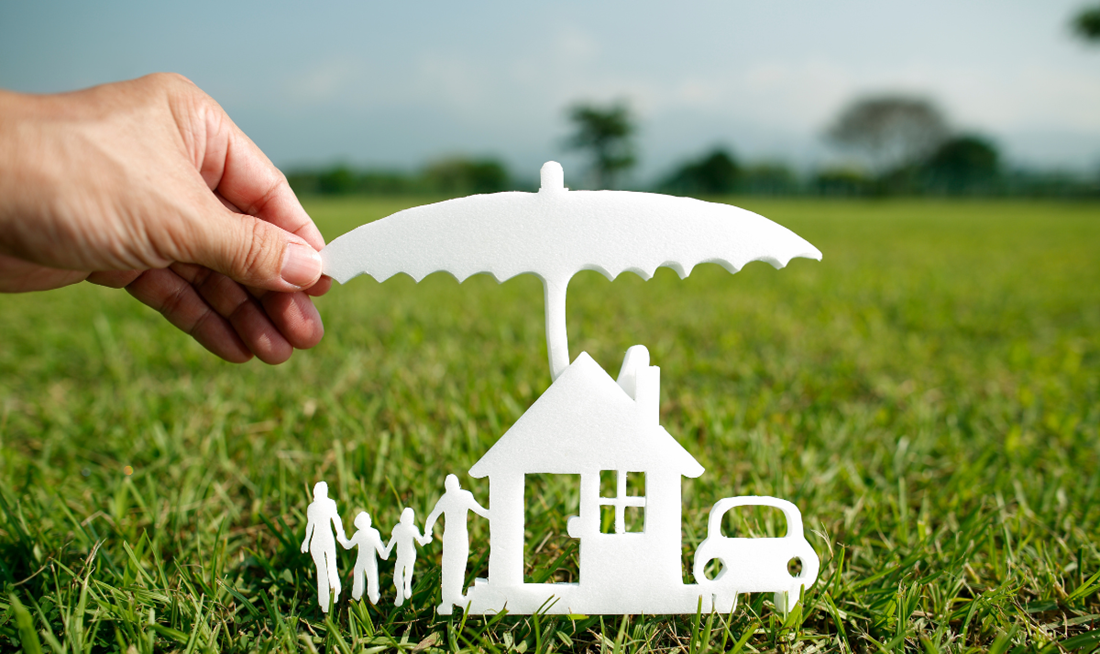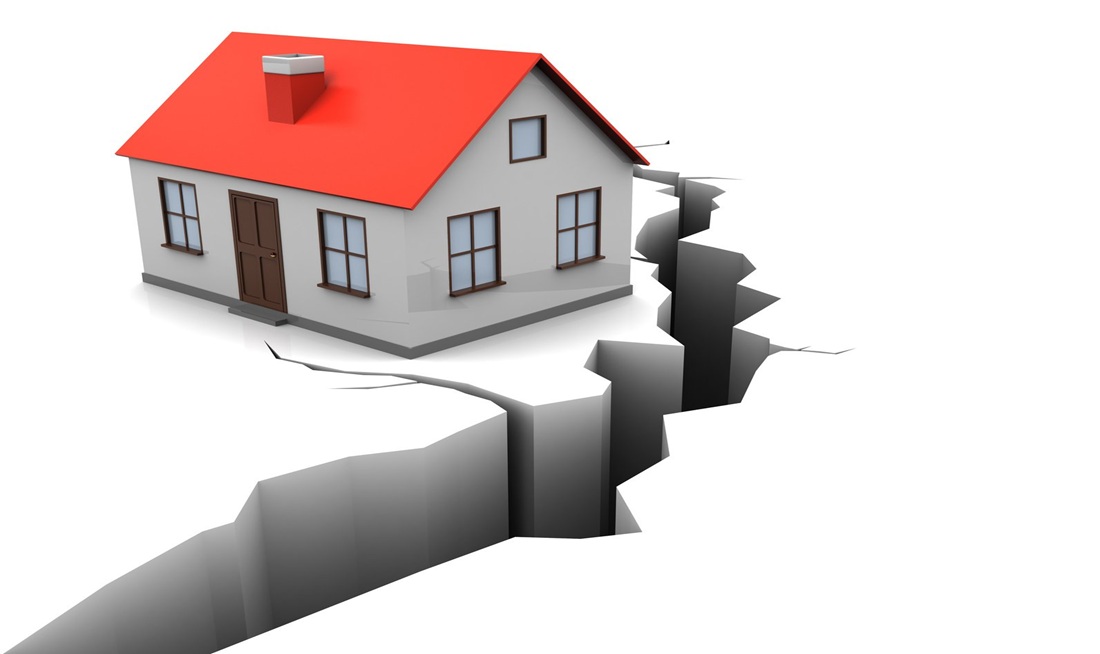Build or Buy a Resilient Home? Get the Right Insurance to Match
When Hurricane Ian struck Florida in 2022, it caused over $100 billion in damage, highlighting the vulnerability of homes that lacked resilient construction and proper insurance. As natural disasters intensify in frequency and severity, homeowners are facing a crucial question: Should they build or buy a disaster-resistant home, and how can they ensure it is adequately insured?
This is not just about withstanding a storm—it’s about making informed, forward-thinking decisions that safeguard financial stability, family well-being, and long-term security. Climate change is reshaping the landscape of homeownership, and properties unprepared for escalating threats like floods, wildfires, and extreme temperatures risk substantial exposure.
This guide explores how to determine whether building or purchasing a resilient home is the right choice, identifies essential climate-resilient features, and explains how to find the best insurance coverage to protect your investment. Additionally, it examines how insurers are adapting to rising climate risks and what those changes mean for premiums and coverage options.
What Makes a Home Truly Resilient?
Resilient homes are designed or retrofitted to endure natural disasters—think reinforced roofing, elevated structures, wildfire-resistant materials, and flood barriers. But resilience isn’t just about the build; it’s also about location. A fireproof home in a floodplain still carries risk.
Resilience starts with understanding the threats specific to your area. In California, that might mean fire-resistant siding and ember-proof vents. In Florida, you’ll need impact-resistant windows and hurricane straps. In the Midwest, tornado-safe rooms and wind-rated roofing are key.
A real-world example? After Superstorm Sandy, homes in parts of New York and New Jersey were rebuilt on raised foundations. Those who followed FEMA’s elevation guidelines not only improved safety but also saved thousands annually on flood insurance premiums.
So before buying or building, evaluate the regional climate risks and match your home’s design accordingly. A resilient home will not only lower potential repair costs but also reduce insurance claims—and in some cases, make you eligible for policy discounts.
Should You Build New or Retrofit an Existing Home?
Building new gives you control. You can integrate resilient features from the ground up, select the right materials, and avoid vulnerable zones entirely. Plus, new homes are often easier to insure because they meet the latest safety codes.
But buying and retrofitting an older home can also be smart—especially in areas where land is limited or where newer builds come at a steep premium. You can reinforce roofs, install storm shutters, elevate HVAC systems, and seal foundations. Many of these improvements can significantly reduce insurance premiums and boost resale value.
One homeowner in Houston retrofitted their 1980s bungalow with flood vents, raised appliances, and a sump pump. When Hurricane Harvey struck, the home suffered minimal damage—and the owner qualified for lower flood insurance through the National Flood Insurance Program (NFIP).
Ultimately, your budget, timeline, and location will influence whether you build or buy. Either way, make sure resilience isn’t an afterthought. It should be at the core of your decision.
Matching Your Insurance to Your Home’s Risk Profile
Climate-resilient homes are only as secure as their insurance coverage. And insurance is no longer one-size-fits-all. Policies are becoming hyper-customized based on property risk profiles.
If you live in a wildfire-prone zone, standard homeowners insurance might exclude fire damage unless you purchase a separate rider or surplus policy. Similarly, flood damage isn’t covered under most standard policies and requires either NFIP coverage or private flood insurance.
Insurers use geospatial data, risk modeling, and even satellite imagery to evaluate your property. If your home includes resilient upgrades—like fire-resistant roofing or elevated foundations—be sure your insurer knows. You may be eligible for lower premiums, credits, or even state-sponsored grants.
Don’t assume you’re covered. Ask your insurer:
-
Are climate-specific risks like wildfire or flood included or excluded?
-
Can I get premium discounts for mitigation features?
-
How will future climate risks affect my renewal or pricing?
A proactive conversation now can save you serious costs and heartache later.
Why Insurance Markets Are Hardening—and What It Means for You
Insurance companies are tightening their belts. In many high-risk states like California, Florida, and Louisiana, major insurers have pulled out entirely or significantly reduced their exposure. Others have raised premiums sharply or limited renewals.
This is called a “hard market”—and it means that even resilient homes may see higher premiums or fewer coverage options. That’s why proactive risk mitigation is more important than ever.
For example, in California, homeowners who earned a “Safer from Wildfires” designation were able to access insurance discounts from the state-backed FAIR Plan. Similar programs exist in other states for hurricane shutters, fortified roofs, and fire-safe landscaping.
If private insurers won’t write your policy, government-backed plans like Citizens in Florida or FAIR in California can offer baseline coverage. But these often come with higher costs or reduced benefits.
The takeaway? If your property shows resilience, document it. Share reports, photos, and inspection results with your insurer. Being proactive could mean the difference between affordable coverage and none at all.
The Financial Case for Resilience and Coverage
Think resilient upgrades are too expensive? Consider this: The average FEMA flood claim is over $30,000. A fire claim can easily top $100,000. Retrofitting your home might cost $10,000–$50,000 upfront, but the long-term savings in damages, downtime, and insurance discounts are often worth it.
Lenders are also taking notice. Some banks now require proof of hazard coverage in high-risk zones before issuing mortgages. In some areas, you won’t get approved without adequate insurance—especially for homes not up to modern codes.
And then there’s resale value. A home with documented resilient upgrades and affordable, renewable insurance is a hot commodity in today’s climate-conscious market.
One couple in New Orleans added flood vents and elevated their HVAC systems. Their insurance dropped by 30%, and when they sold the house three years later, it fetched $40,000 more than neighboring homes without upgrades.
Resilience isn’t just a safety feature. It’s a selling point, a savings tool, and a long-term investment strategy.
How to Get Started
Begin by identifying your region’s top climate risks—wildfire, hurricane, flood, or heat. Then assess your property: What protections are already in place? What needs upgrading?
Bring in professionals if needed. Certified home inspectors, FEMA consultants, and insurance agents with climate expertise can all help you spot gaps and potential fixes.
Once you’ve upgraded—or built resilient from the start—get your home documented. Request mitigation certification, take geo-tagged photos, and submit them to your insurer.
If your insurer isn’t willing to work with you, shop around. Many newer insurance providers specialize in climate risk and offer better terms to resilient homeowners.
And finally, stay informed. Climate risks are evolving. Insurance guidelines change. New programs and grants become available. Keep your property and your policy up to date.
Conclusion
Owning a home today means navigating challenges that past generations never anticipated—intensifying wildfires, rising sea levels, and devastating floods. Fortunately, modern advancements offer better tools for preparation, protection, and insurance against these evolving risks.
Whether you’re building or buying, investing in a climate-resilient home is a wise decision. However, structural resilience alone is not enough—pairing it with the right insurance coverage ensures financial security alongside physical durability.
By proactively upgrading your home, planning for environmental risks, and maintaining open communication with your insurer, you can safeguard both your property and financial future against unpredictable threats.


